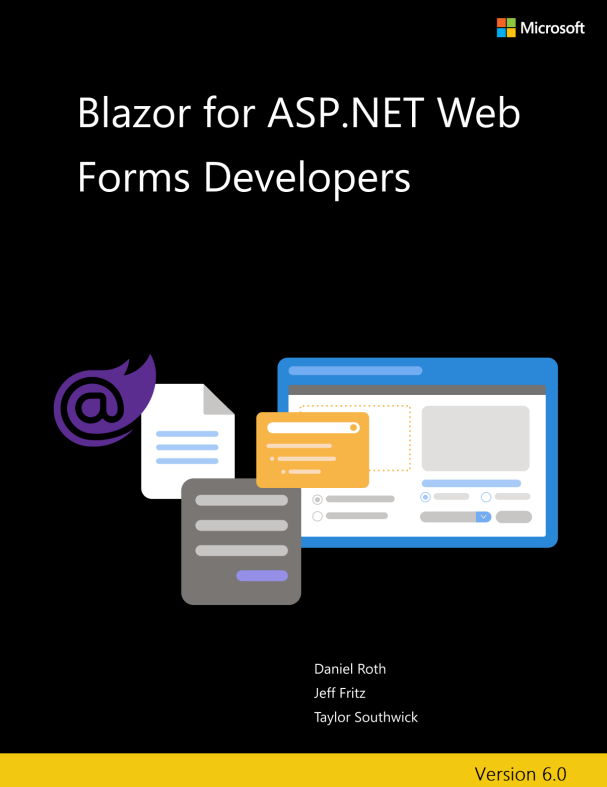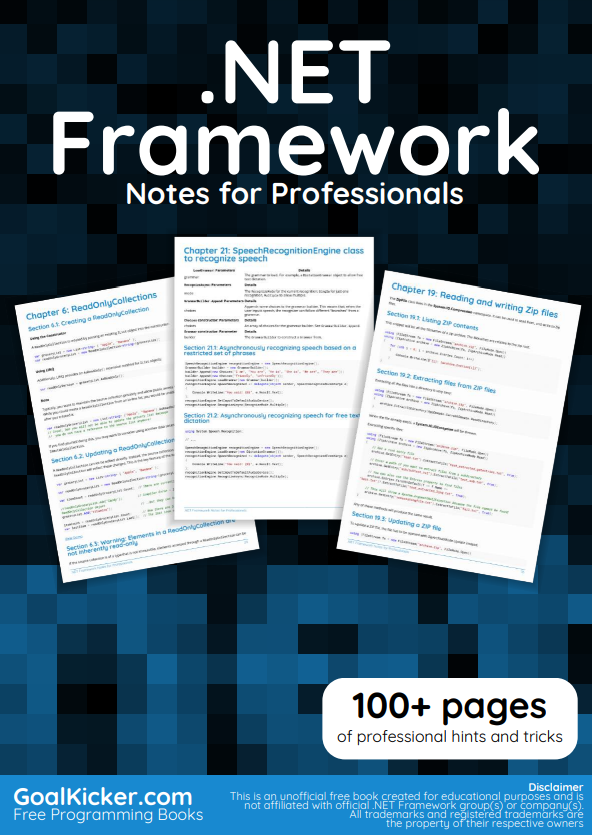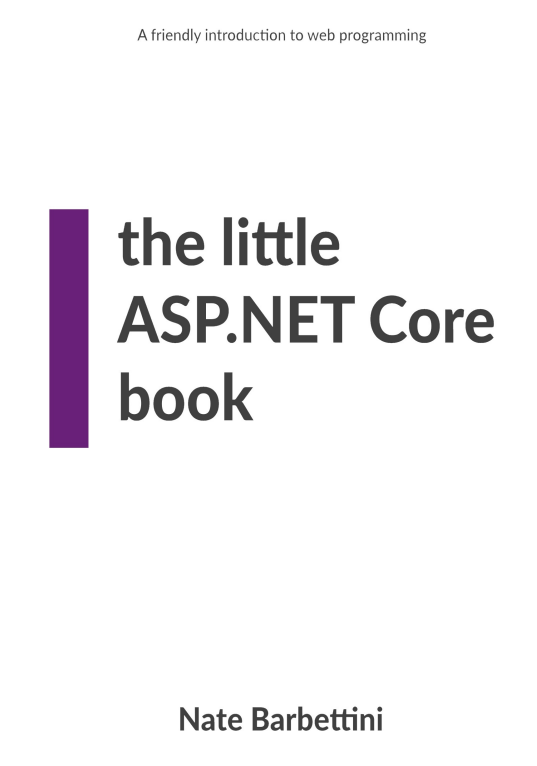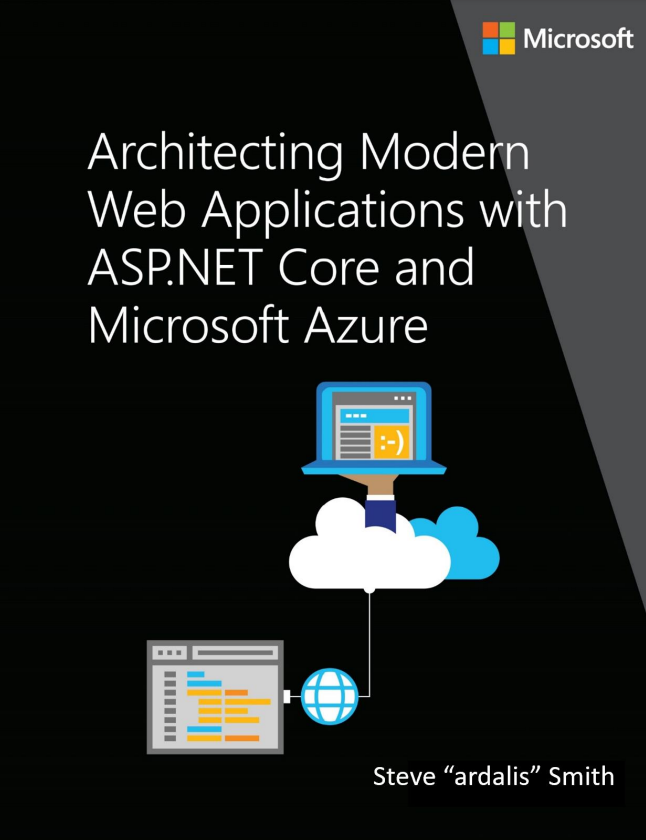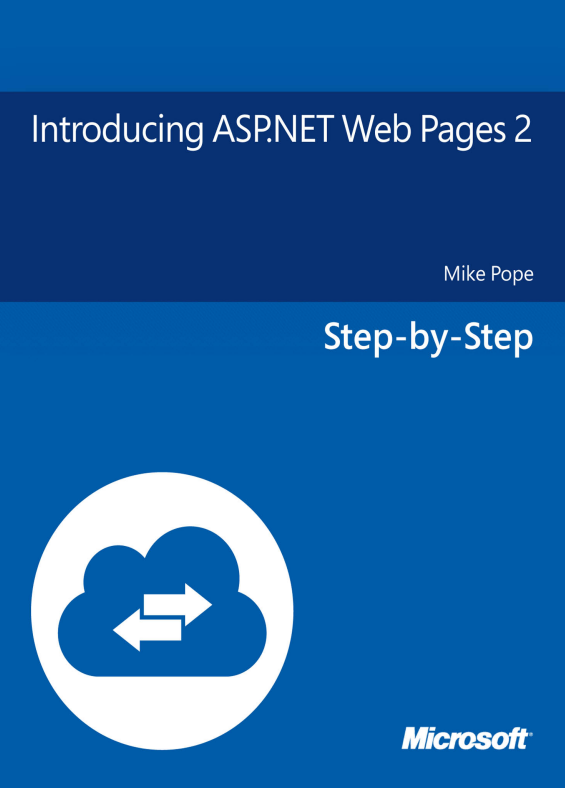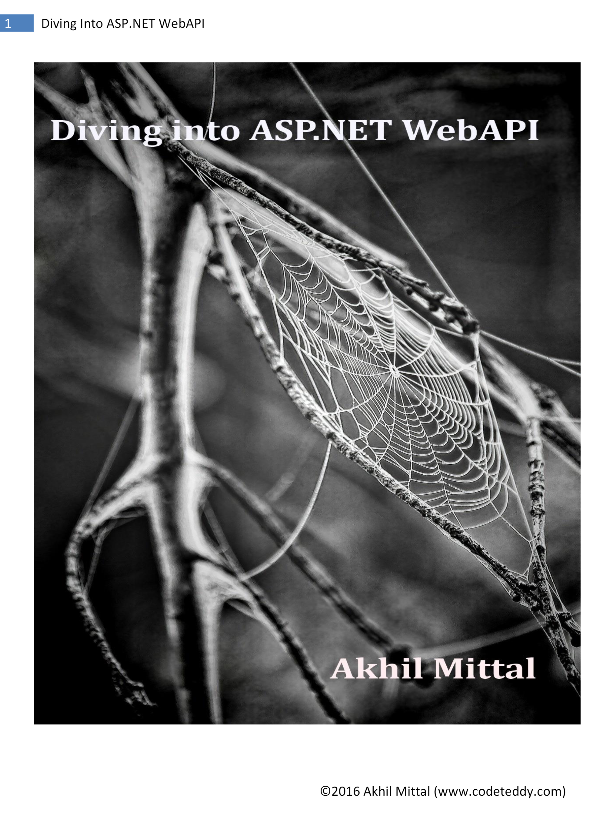NET has long supported web app development through ASP.NET, a comprehensive set of frameworks and tools for building any kind of web app. ASP.NET has its own lineage of web frameworks and technologies starting all the way back with classic Active Server Pages (ASP). Frameworks like ASP.NET Web Forms, ASP.NET MVC, ASP.NET Web Pages, and more recently ASP.NET Core, provide a productive and powerful way to build server-rendered web apps, where UI content is dynamically generated on the server in response to HTTP requests. Each ASP.NET framework caters to a different audience and app building philosophy. ASP.NET Web Forms shipped with the original release of the .NET Framework and enabled web development using many of the patterns familiar to desktop developers, like reusable UI controls with simple event handling. However, none of the ASP.NET offerings provide a way to run code that executed in the user’s browser. To do that requires writing JavaScript and using any of the many JavaScript frameworks and tools that have phased in and out of popularity over the years: jQuery, Knockout, Angular, React, and so on.
Blazor is a new web framework that changes what is possible when building web apps with .NET. Blazor is a client-side web UI framework based on C# instead of JavaScript. With Blazor you can write your client-side logic and UI components in C#, compile them into normal .NET assemblies, and then run them directly in the browser using a new open web standard called WebAssembly. Or alternatively, Blazor can run your .NET UI components on the server and handle all UI interactions fluidly over a real-time connection with the browser. When paired with .NET running on the server, Blazor enables full-stack web development with .NET. While Blazor shares many commonalities with ASP.NET Web Forms, like having a reusable component model and a simple way to handle user events, it also builds on the foundations of .NET to provide a modern and high-performance web development experience.
This book introduces ASP.NET Web Forms developers to Blazor in a way that is familiar and convenient. It introduces Blazor concepts in parallel with analogous concepts in ASP.NET Web Forms while also explaining new concepts that may be less familiar. It covers a broad range of topics and concerns including component authoring, routing, layout, configuration, and security. And while the content of this book is primarily for enabling new development, it also covers guidelines and strategies for migrating existing ASP.NET Web Forms to Blazor for when you want to modernize an existing app.
